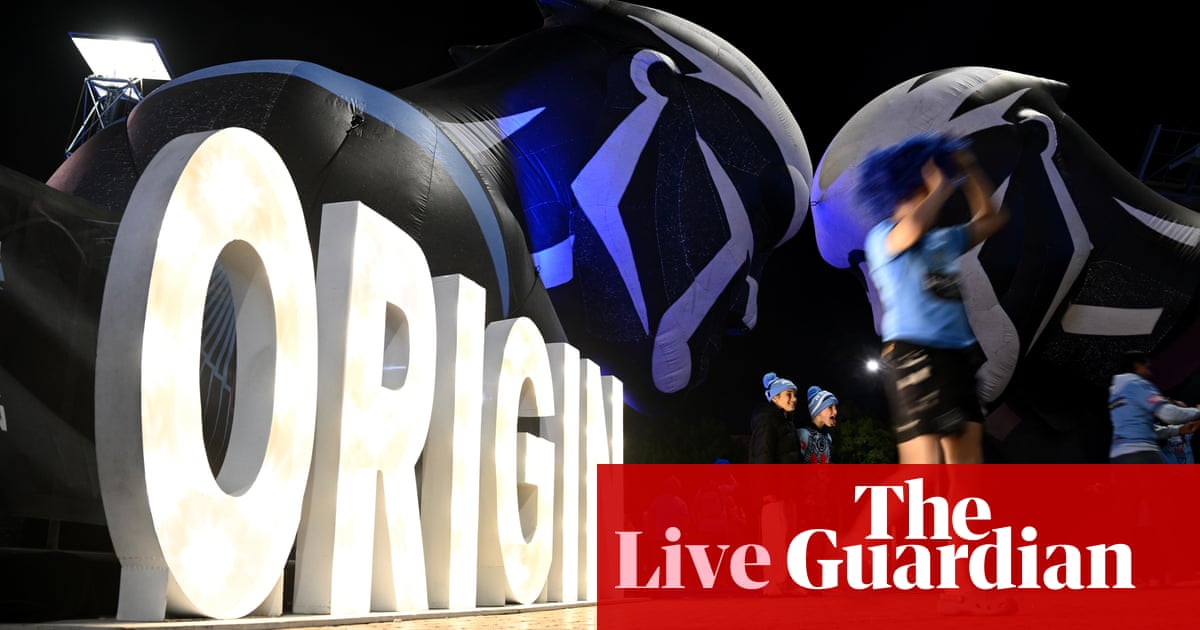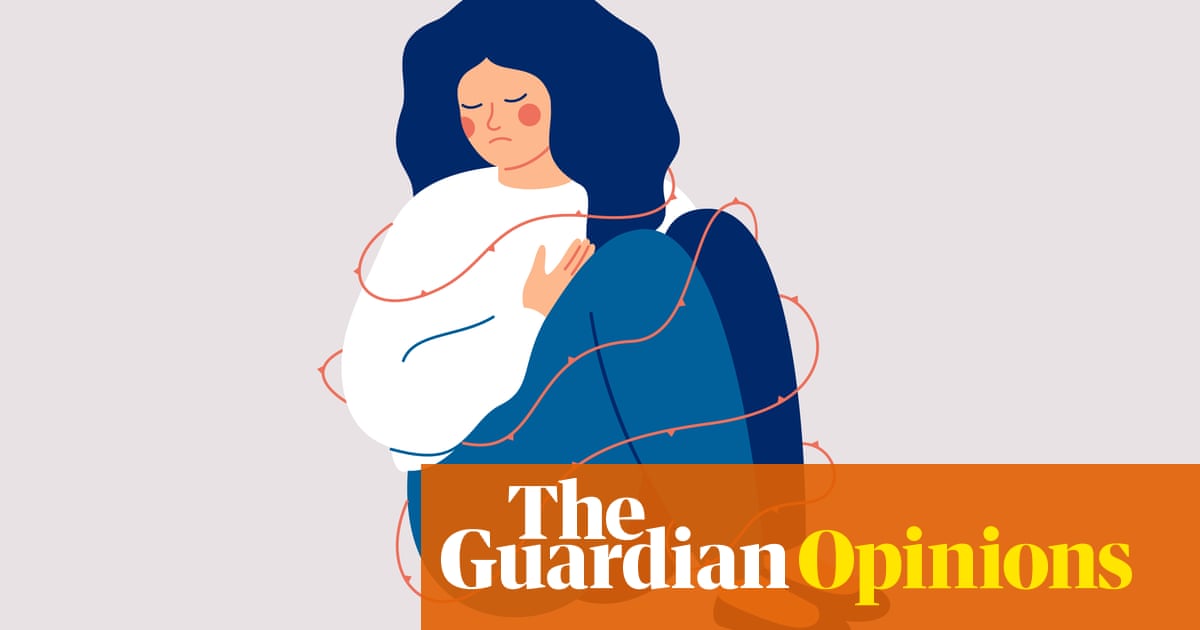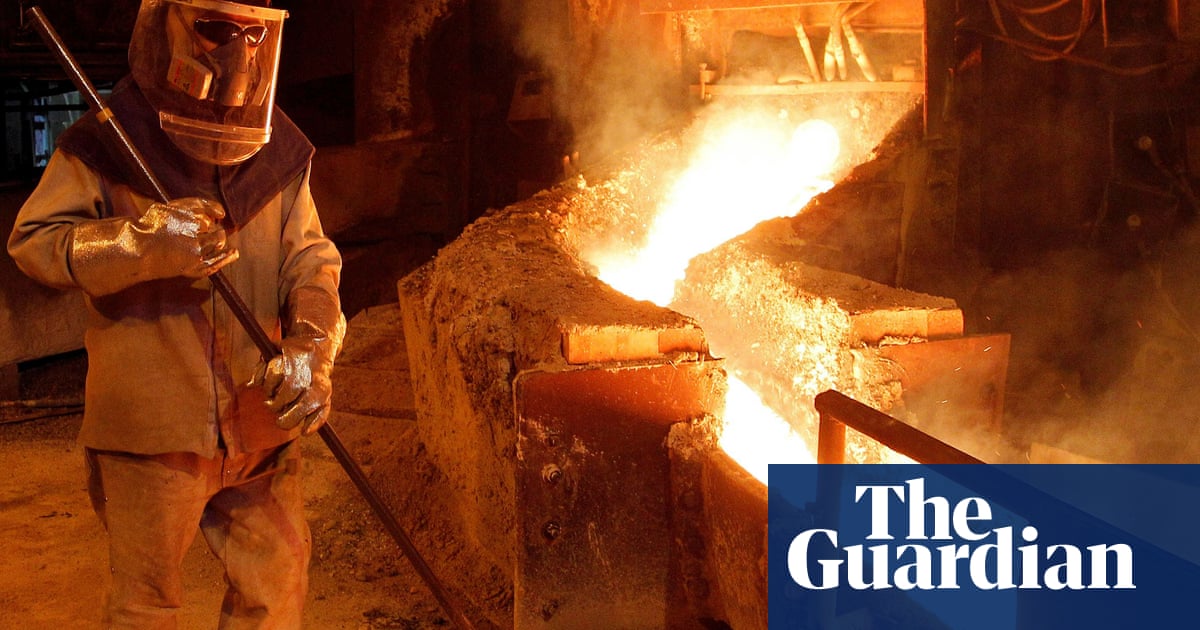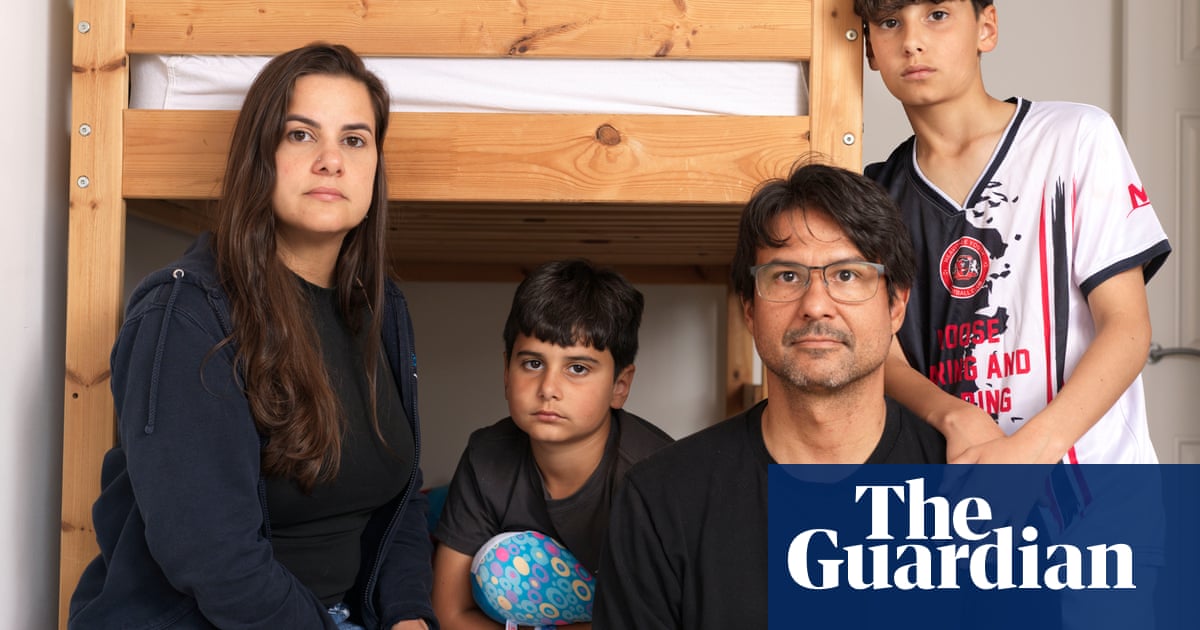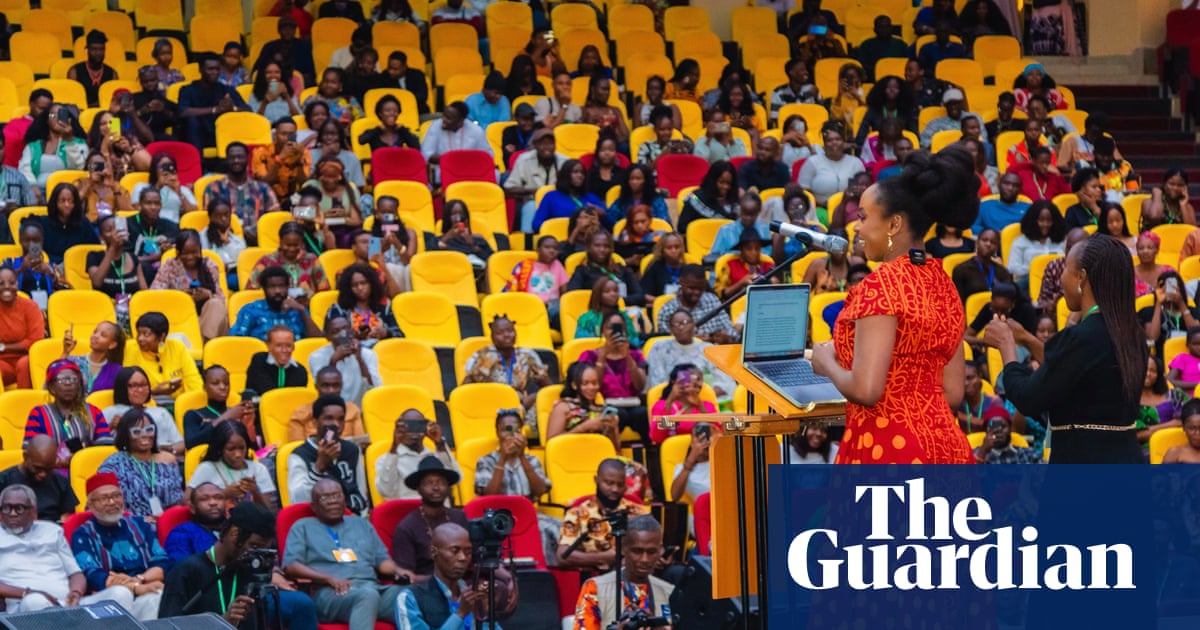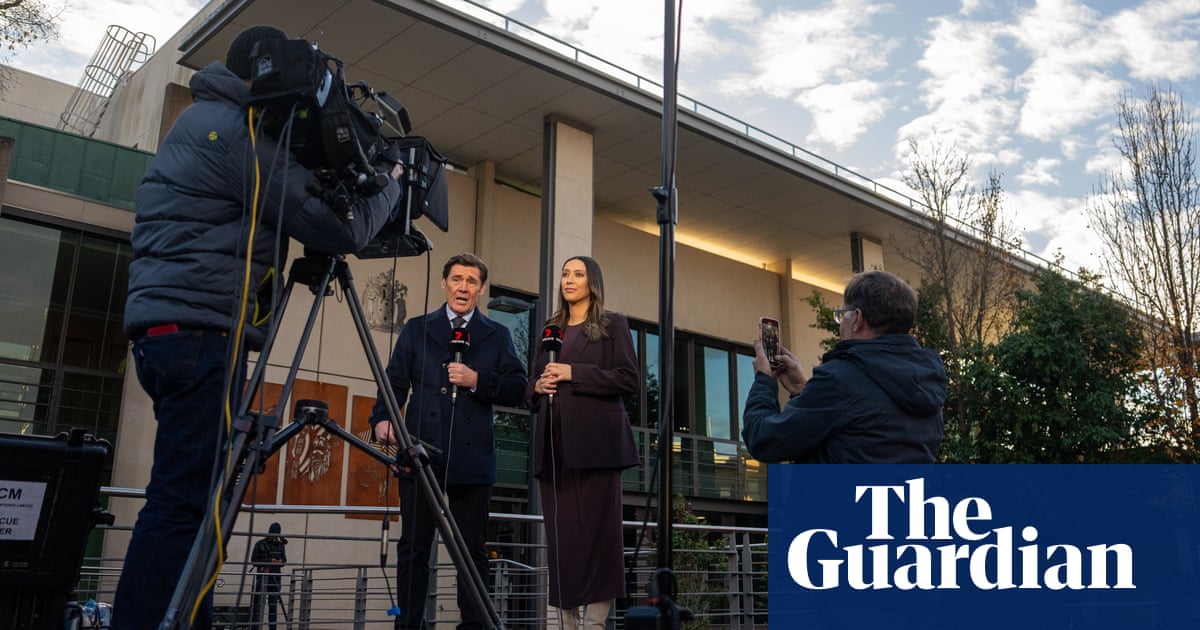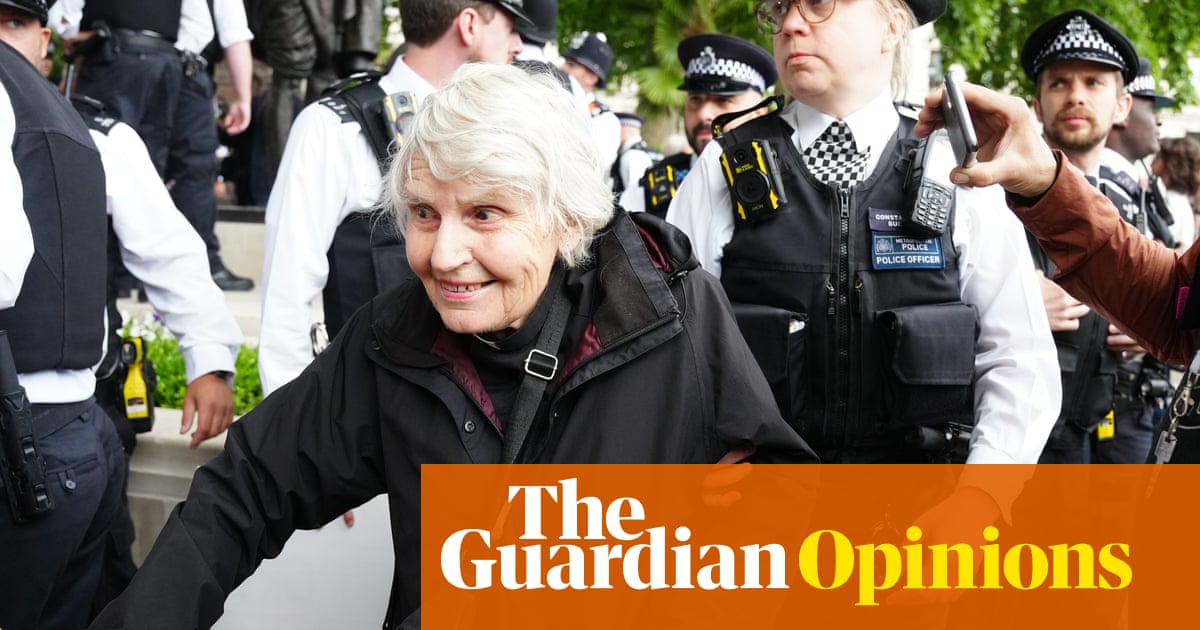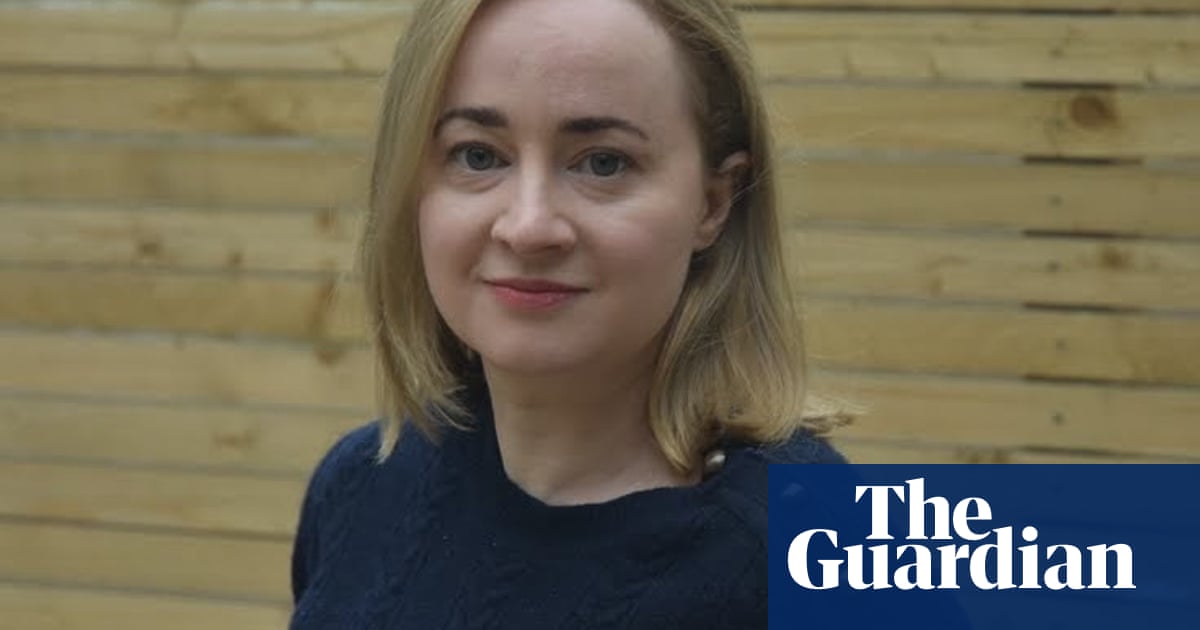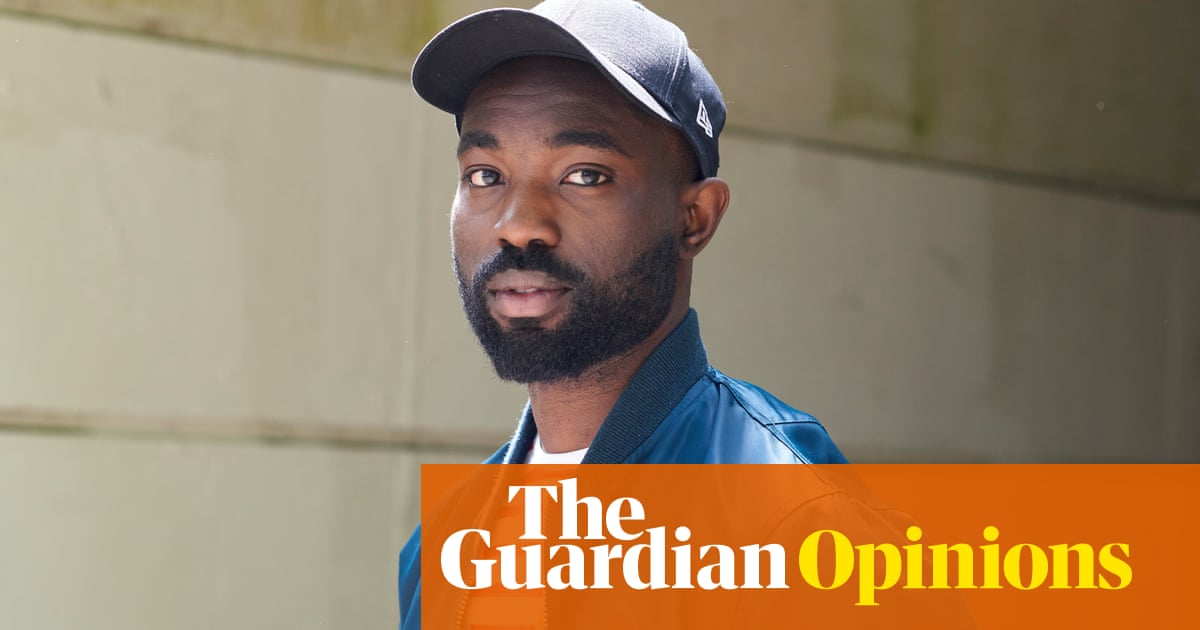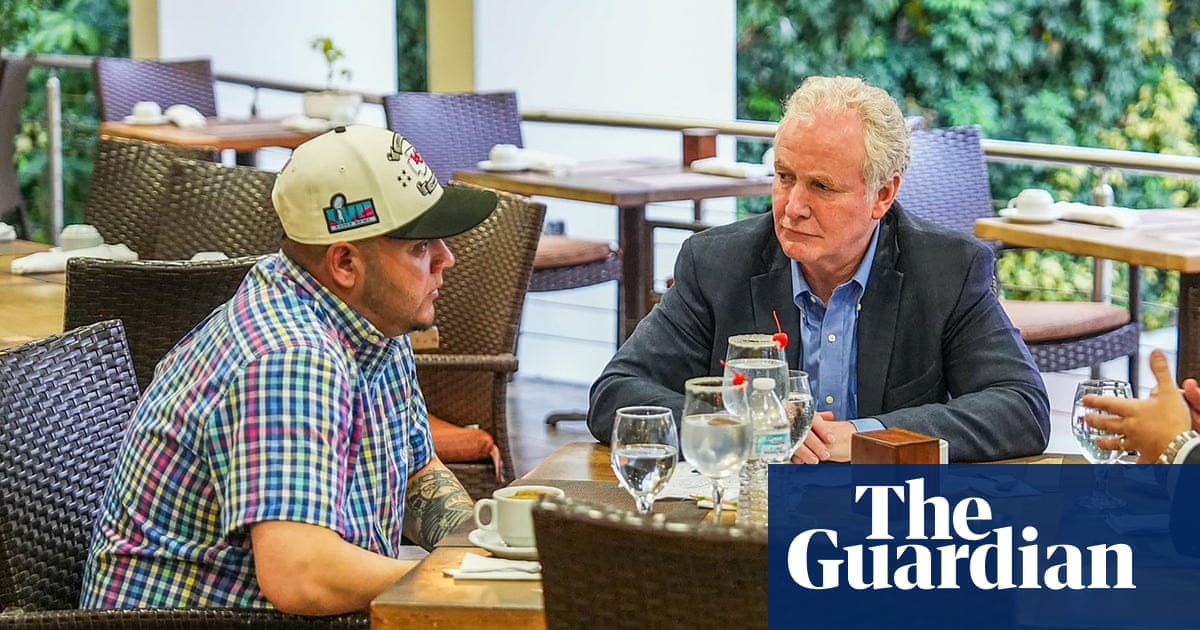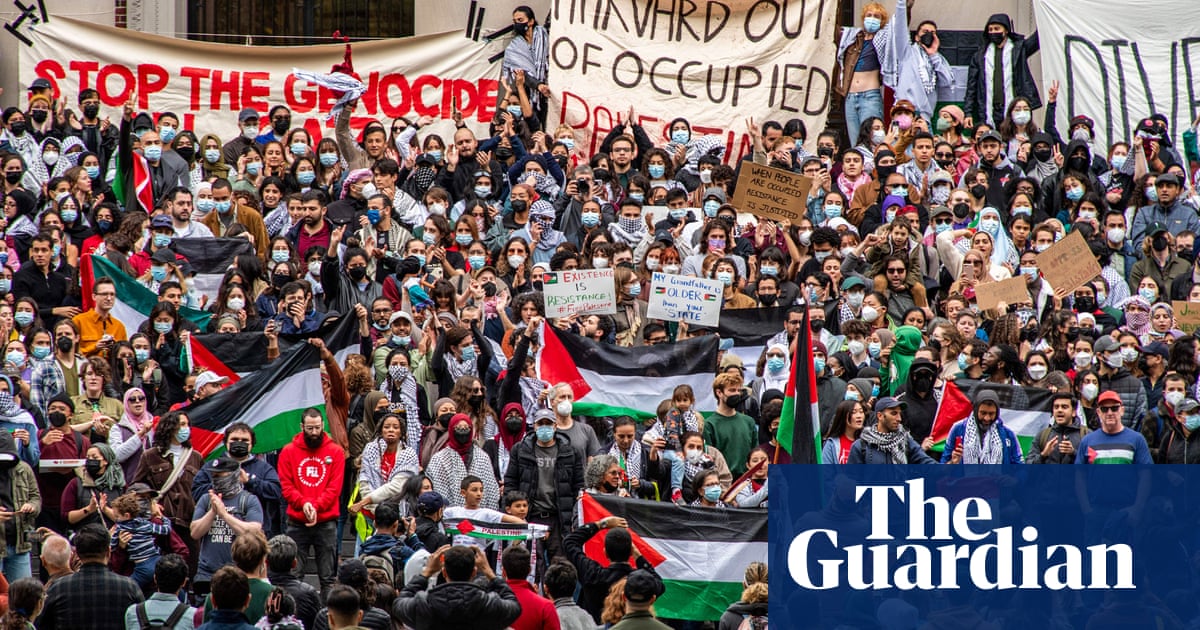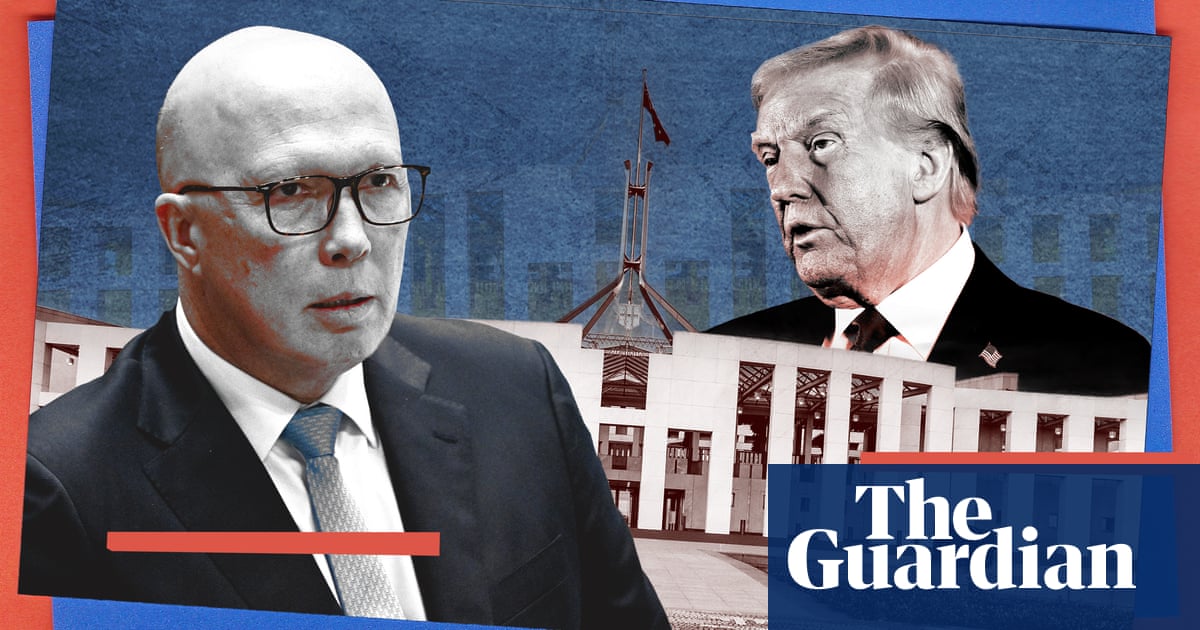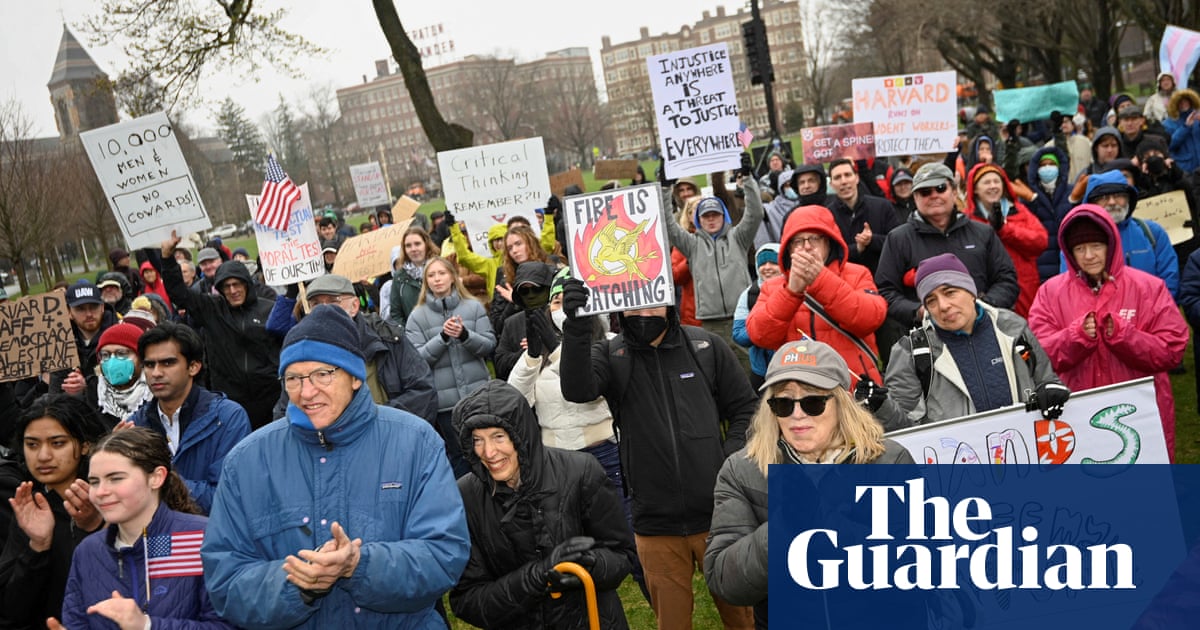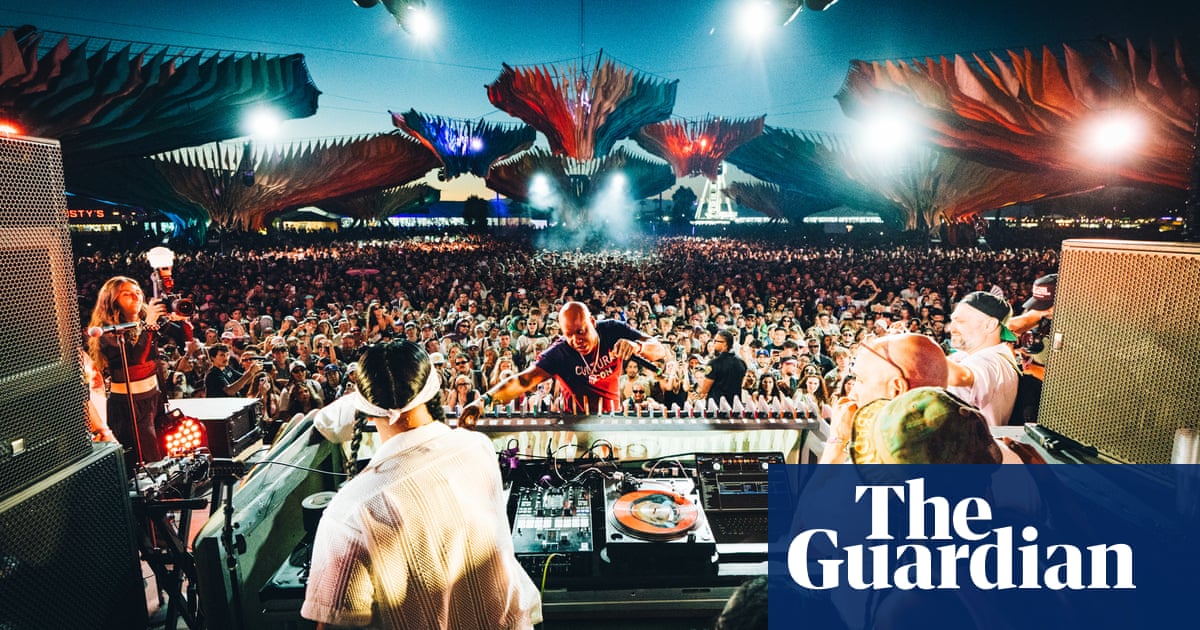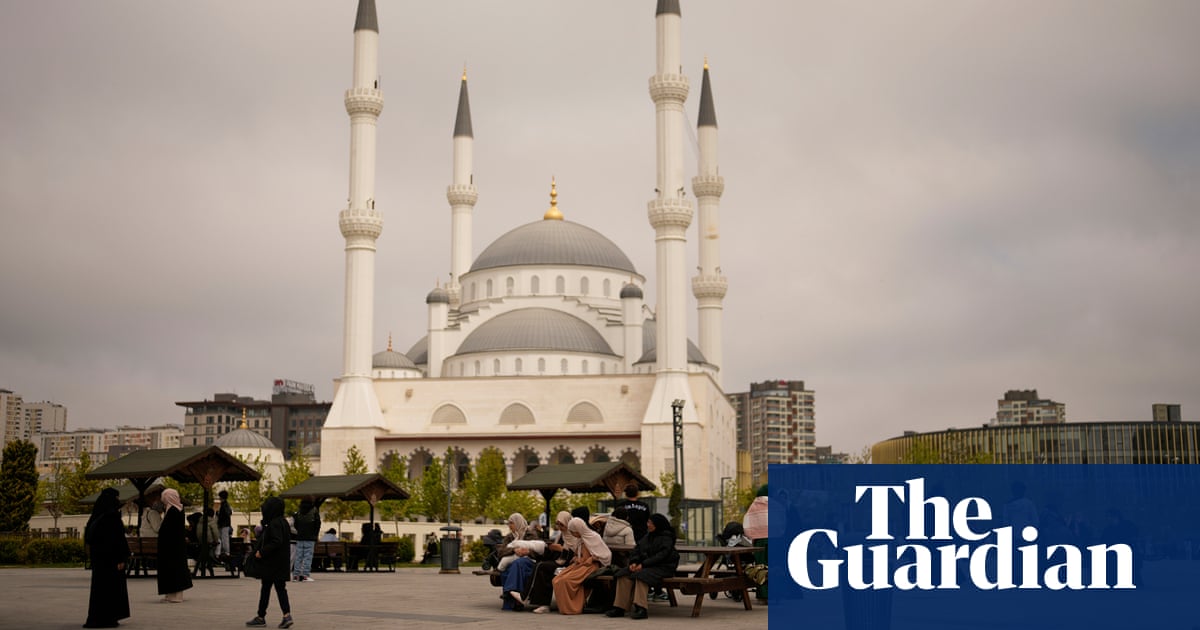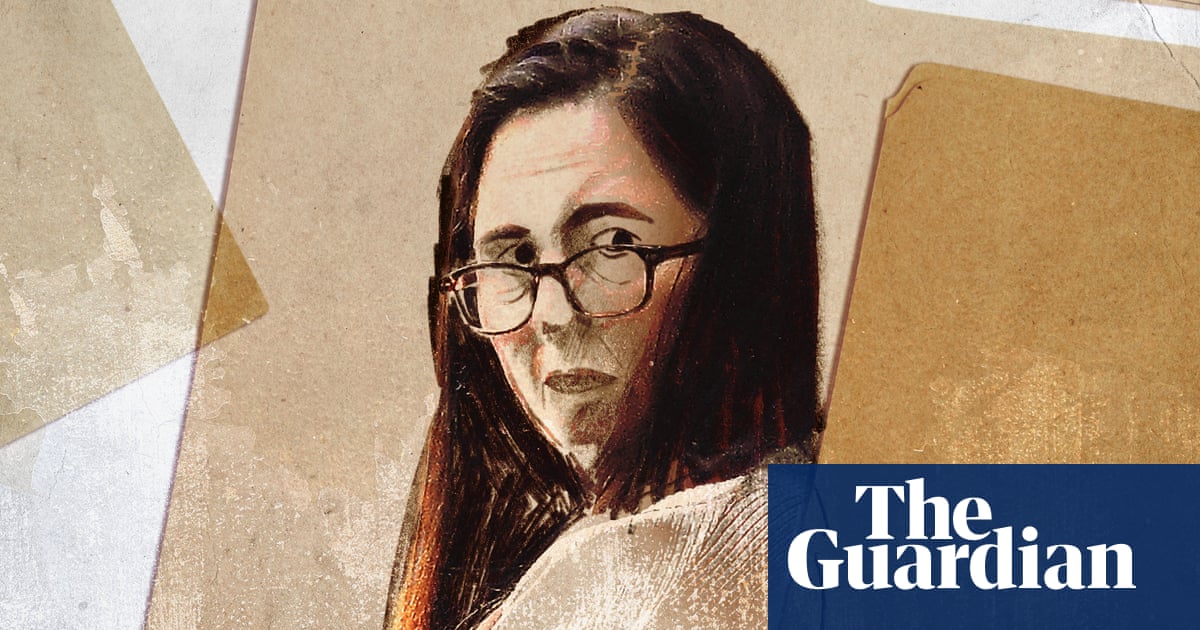“I have a list as long as my arm that I worry about daily,” says Katie Russell, the chief executive and co-founder of the service Support After Rape and Sexual Violence Leeds (SARSVL). “The funding landscape, a broken criminal justice system, the global threat of violent misogyny.”
She lives a few streets away from where two women were seriously injured last weekend in a crossbow attack perpetrated by a man who espoused misogynist hate online.
“But trans women have never felt like a risk or a threat or a problem,” she says. “While I can’t speak for every individual over the last 15 years, I honestly cannot think of an example where our trans-inclusive policy has been a problem for a service user.”
While it has been weaponised in recent years by the likes of Nigel Farage and Donald Trump, the debate around allowing trans people to use single-sex spaces started with profound concerns from some professionals working in the domestic abuse and rape crisis spheres.
Some feared the presence of a transgender woman would distress other survivors and that manipulative abusers could pretend to be transgender women in order to gain access to victims. A case will be heard in September in which a survivor is suing Brighton’s Rape Crisis Centre Survivors’ Network for discrimination because it allegedly refused to provide a female-only peer support group.
Others have said that such concerns can be based on a stereotyped view of what a transgender woman is like, as well as a misunderstanding of how such services already maintain users’ privacy and make thorough risk assessments before bringing survivors together in accommodation or group work.
Immediately after last month’s supreme court judgment, which ruled that transgender women could be legally excluded from single-sex spaces, Refuge, the UK’s largest domestic abuse organisation, confirmed it would continue to provide services to trans people.
However, Women’s Aid England (WAE) – which represents more than 180 member services – reiterated that the provision of single-sex domestic abuse services was “a founding principle”. Rape Crisis England and Wales (RCEW) acknowledged that “the definition and provision of ‘women-only spaces’ remains a powerfully emotive topic within the women’s sector”.
Both RCEW and WAE run as federations, meaning individual refuges and centres are free to define whether women-only includes or excludes trans women.
But at grassroots level, the individual services that these national bodies represent tell a different story, acknowledging those deep disagreements but emphasising how both trans inclusivity and exclusivity are managed day to day without harm.
Almost all of SARSVL’s work takes place one-to-one – in person or online or through its helpline. The organisation does offer group work, usually ranging from four to 12 people with two staff facilitating, but only for survivors it already knows and who have been assessed as suitable, not as a drop-in that anyone can attend.
“Many service users are severely traumatised, so of course there could be a circumstance in which one survivor might object to the presence of or feel triggered by another,” says Russell. “That could be in relation to any number of things about the way they look, smell, something they say … things not necessarily related to their gender at all. We would handle that on a case-by-case basis as we always have done.”
One refuge manager recalls a “tough time” after Women’s Aid England first published a statement in 2022 defending the principle of single-sex services, after which she says many multiple-occupancy refuges used the exemptions in the Equality Act to legally exclude trans women, although “most kept their heads down”.
“It’s about applying common sense” says Angela, who manages a service that is part of the Women’s Aid network, in the south-east of Scotland. Based across several sites, it includes a refuge comprised of individual flats with communal space, which is single-sex, and other stand-alone accommodation that is available to all, including transgender women.
While under the Equality Act it has always been legal to exclude trans women from services for a good reason, the supreme court ruling clarified that those with a gender recognition certificate could also be excluded.
“I’ve always felt that the legislation was sufficient, with services like ours able to apply the legal exemptions to operate a single-sex service,” says Angela.
after newsletter promotion
But someone’s gender identity is not the only reason why a service might offer a particular style of accommodation, explains Maya, who has worked for a decade in the violence against women sector across London, most recently managing a refuge. She is keen to emphasise that “every referral is case by case and based on a host of factors, not just gender presentation”.
“For example, if someone has a history of substance use, we might decide to put them in a self-contained flat because of the impact on other residents, or if there are three women with a particular mental health diagnosis in a shared space, we might consider whether our staff have capacity for a fourth.”
A number of refuges raised concerns that they had lost funding because of pressure from councils to provide gender-neutral services for male victims as well as trans people. One refuge manager said: “We have been marked down in funding applications because we weren’t considered trans-inclusive, despite having a specialist LGBT+ service and many years in this field. Even though we have applied the Equality Act 2010 exceptions properly throughout, we have come under attack from civil servants, local politicians, other charities and sometimes local people.”
It is an indication of the continuing toxicity of the debate that many service managers approached were unwilling to speak publicly, some citing fears of similar attacks from both sides, others having previouslybeen misrepresented in media reports.
All the services the Guardian spoke to underlined that the safety of survivors was paramount. Susan, who manages a single-sex refuge with dispersed LGBT+ placements in England, explains their protocols for essential male visitors such as handymen: “They have to wear high vis and all women are notified in advance so they can stay in their room and keep their children away too, who are often likewise frightened of a male presence. It’s something they avoid at all costs.”
The majority of services had not encountered regular questions about their trans policy from women seeking help – “People have other things they are worried about,” says Angela – and reported very low numbers of trans women using their services, similar to that in the general population.
“Refuge services have been used as a political football in this debate about trans inclusivity by people who don’t really understand the ins and outs of how they work,” says Maya.
In 10 years, she has experience of one communal refuge accepting a transgender woman, who had medically transitioned, as a resident. She had disclosed her gender identity to management but didn’t share it with residents. Maya explains that residents would never get a say in who was admitted to the refuge, and staff never disclose private information to other residents. “People were free to share or not share anything they chose. She was part of that community and they bonded as women who had experienced abuse.”

 2 months ago
39
2 months ago
39
